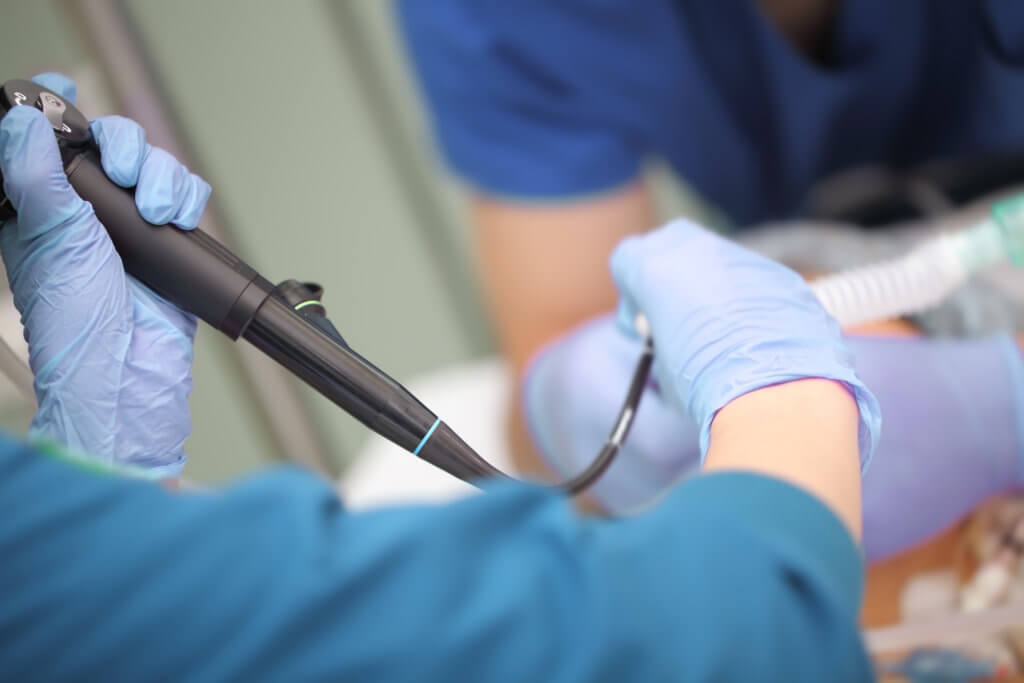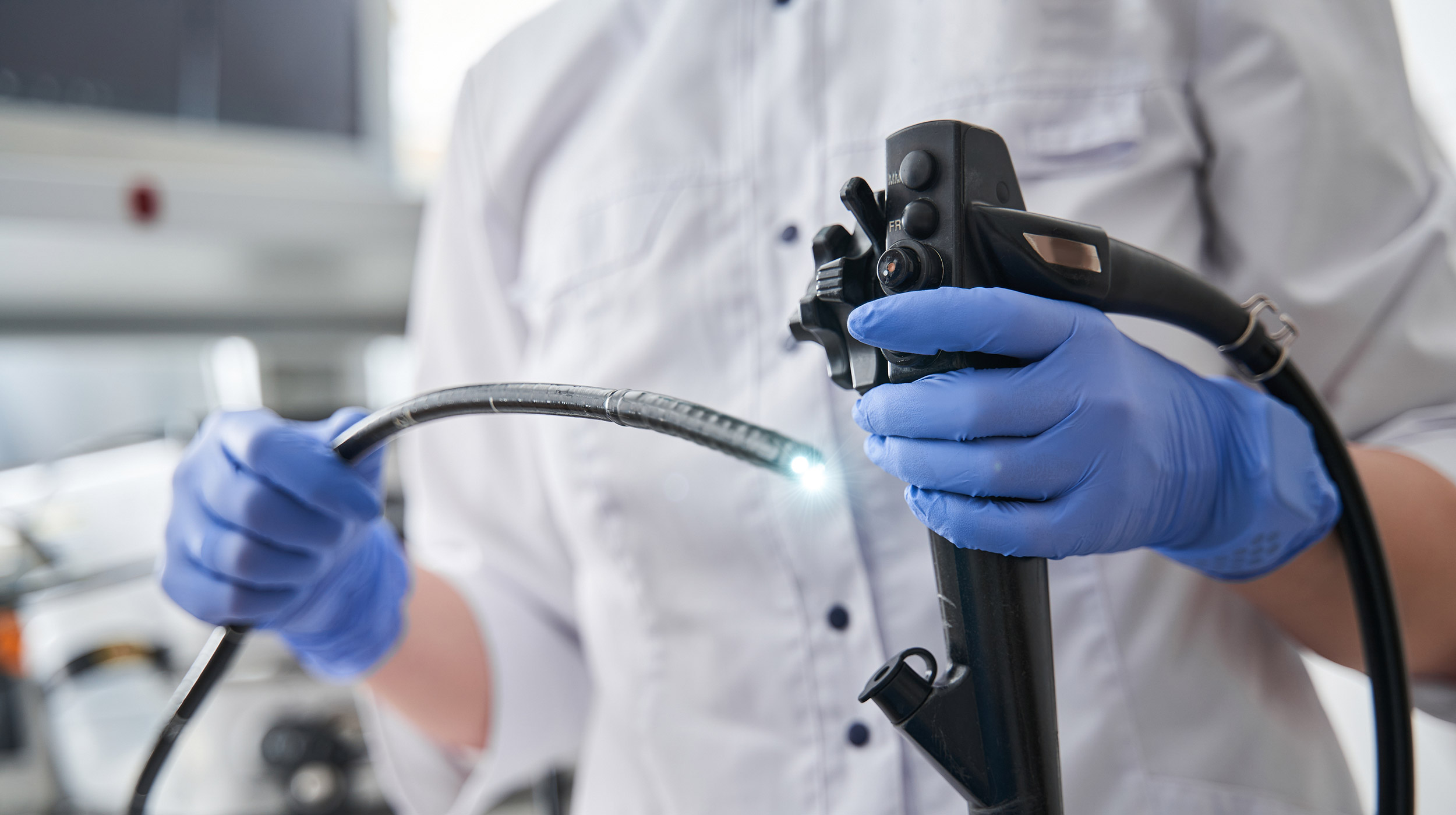
Most influential urologists using the social media platform Twitter are board-certified urologists from the U.S. However, within the top 100 influencers, there was a weak correlation between Twitter rank and h-index or research impact, according to a recent study.
The study's findings, published in European Urology Focus, analyzed the top 100 influencers on the popular social media platform, which was recently acquired by billionaire Elon Musk. Researchers set out to evaluate Twitter's influence on academic impact in urology.
Urology influencers produce high-quality research and boast significant scientific track records. However, a high Twitter ranking didn't guarantee research impact. While influencers may be knowledgeable, researchers caution that their tweets can also be misleading and damaging to their credibility.
Twitter's Influence
Researchers collected data on the Twitter influence scores of accounts related to urology. The influence scores were calculated using a proprietary algorithm that calculates the number of followers, engagement (likes, retweets, and views), and connections to other influencers on the same topic.
Those identified influencers had a Twitter account for at least 10 years, showcasing their dedication to building an online presence and engaging with their audience over a significant period.
Notably, 77 percent of these influencers established their Twitter accounts before January 2014, indicating their early recognition of the platform's professional growth and outreach potential.
Researchers found that most of the top 100 urologists on Twitter were from the U.S. (64 percent), male (85 percent), and board-certified (93 percent).
Out of the 100 influencers who were physicians, 98 of them had completed their respective medical specialties, highlighting their expertise and credibility.
Only 22 of the 50 U.S. states were represented by influencers on the platform. New York, California, and Pennsylvania led the pack with seven Twitter influencers each, underscoring the concentration of medical influencers in these states.
Social Media Access
The research findings show how consumers and even other healthcare professionals are turning to social media platforms such as Twitter to find interesting content. Dr. Kelly Cawcutt, an associate professor of medicine at the University of Nebraska Medical Center and a guest speaker at last year’s Women in Medicine Conference, talked about how physicians use social media to access information.
"Most of the general public is not reading the New England Journal of Medicine or other scholarly medical journals to access information — but they are on social media," said Cawcutt, whose observation was shared in a Healio story.
Proceed With Caution
Physicians, as subject-matter experts, need to disseminate accurate, evidence-based information through social media platforms, according to researchers.
This is even more important in light of a recent study that found that the platforms themselves spark the spread of misinformation online due to their structure and the way they reward users for sharing false content.
In evaluating the credibility of influencers in urology, it is essential to look beyond their follower count and ranking, researchers concluded — assess their research qualifications and output instead.


